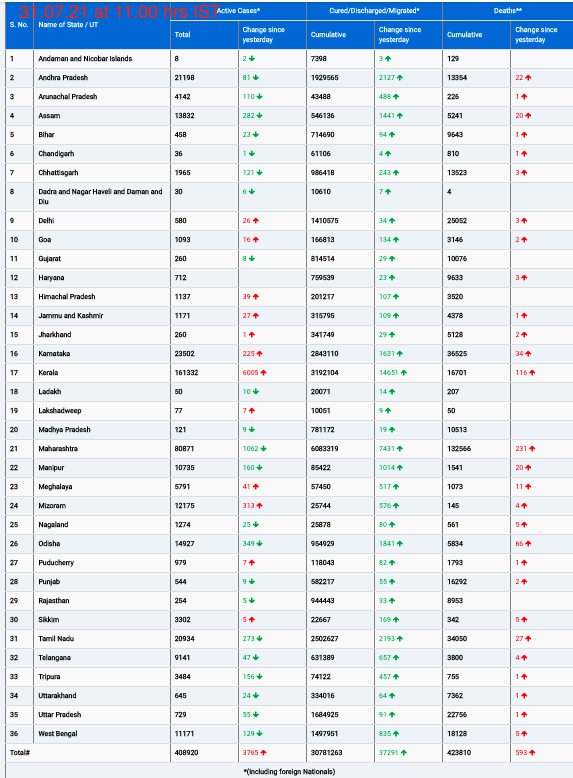A new study published in Developmental Science reveals that adolescent boys may react aggressively when their masculinity is perceived to be under threat. This research, led by Adam Stanaland, a postdoctoral researcher at New York University, highlights the critical role of social environments, particularly those with rigid gender norms, in shaping these responses.
For years, it has been understood that some men display aggressive behavior when their manhood is challenged. This study extends those findings to adolescent boys, indicating that the seeds of this behavior can emerge during critical developmental phases, especially in contexts where societal expectations about masculinity are strongly enforced.
Stanaland notes, “Not all men respond aggressively to threats to their masculinity, but our findings suggest that boys who feel pressured to conform to traditional masculine norms are more likely to exhibit aggressive behaviors.” Beyond aggression, threats to masculinity can lead to a range of antisocial behaviors, including sexism, homophobia, and political bigotry.
The study involved over 200 adolescent boys across the United States, who reported their motivations for adhering to masculine norms. Participants engaged in a task designed to assess their gender typicality by answering questions aligned with masculine or feminine traits. They were then led to believe their scores were either typical or atypical of their gender, creating a perceived threat to their masculinity.
To measure aggression, the boys participated in a word completion task, where they could complete word stems with aggressive or neutral terms. The results indicated that boys in mid-to-late puberty were more likely to react aggressively when they felt their masculinity was threatened, particularly if their motivation to conform to gender norms was externally driven, such as by peer or parental pressure.
Importantly, the study found that boys whose parents held traditional views about gender roles—believing that men should hold more power—were more susceptible to this pressured motivation, leading to increased aggression in response to masculinity threats.
Andrei Cimpian, a senior author of the study, emphasizes the broader implications of these findings: “Men’s aggression presents challenges for societies across the world, impacting everything from public safety to personal relationships.” By identifying the developmental stages and social influences that contribute to aggressive responses, the research aims to inform strategies for preventing the rise of fragile masculinities that require constant validation.
The study calls for urgent action to challenge the restrictive norms surrounding masculinity, particularly during the crucial developmental stage of puberty. The researchers advocate for supportive environments that encourage healthy expressions of identity among boys, moving beyond traditional gender expectations.
This research was funded in part by the Charles Lafitte Foundation, and the data from the study can be accessed through the Center for Open Science.
Key Findings:
- Adolescent boys respond with aggression when masculinity is threatened, especially during mid-to-late puberty.
- Pressure from peers and parents significantly influences boys’ motivations to conform to masculine norms.
- Traditional beliefs about gender roles within families contribute to heightened aggressive responses among boys.
Implications:
Understanding the roots of aggression linked to masculinity can aid in fostering healthier relationships and societal norms, ultimately reducing the negative consequences associated with fragile masculinities.











